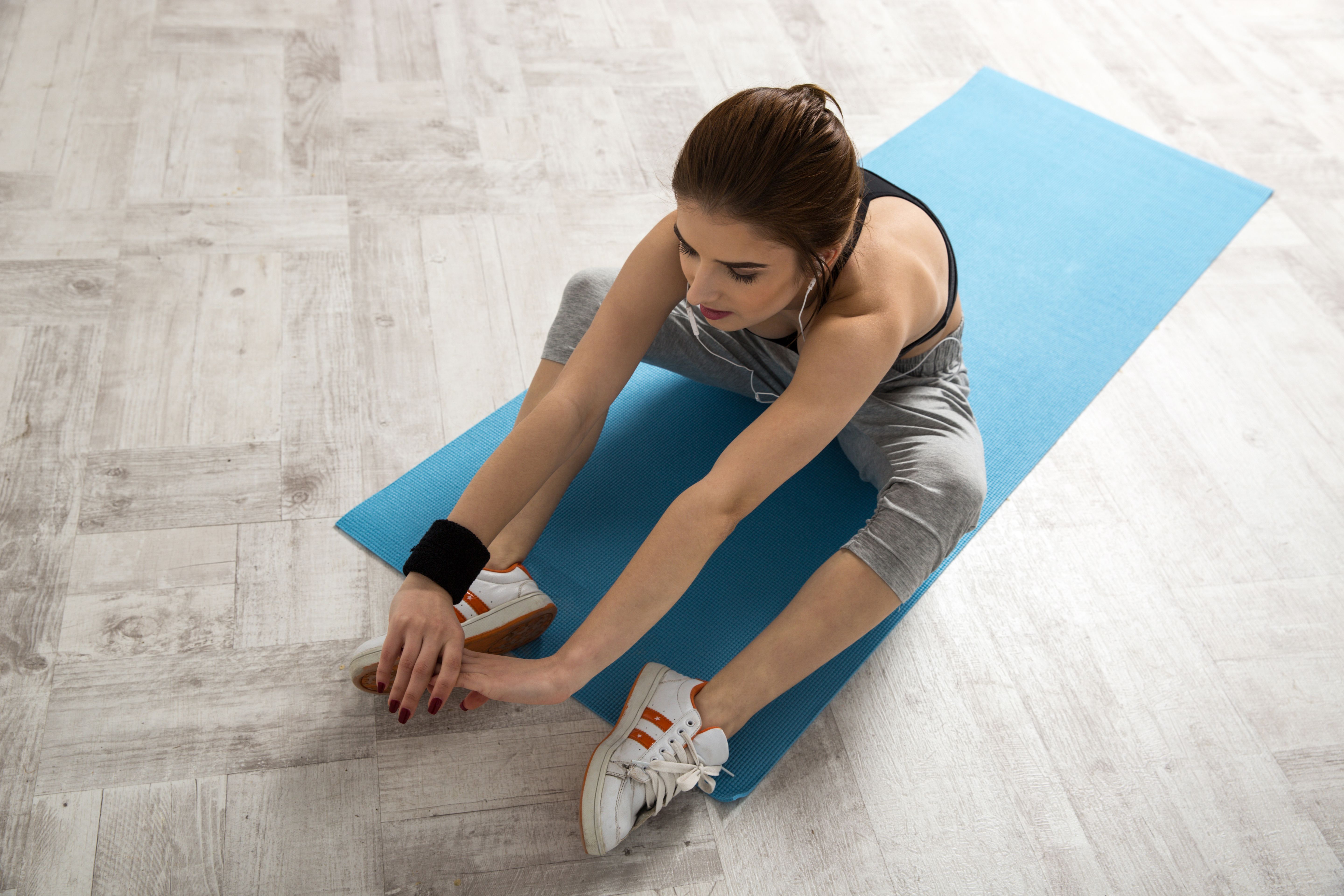You’ve probably already been there and if not, I won’t sugar coat it. Your first personal training session (ever or after a break) is going to leave you feeling sore. Whether it is the day after or two or three, waking up to DOMS is pretty inevitable. The Delayed Onset Of Muscle Soreness is something we’ve discussed before, and you can find some other thoughts here. So, why is it that you ache more after your first session and it takes longer to recover?
Training and Muscle Damage
When you train, particularly resistance training, you cause damage within the muscles. Don’t panic, this needs to happen for the body to repair, adapt and overcome. Without some form of stress, your body will not adapt and improve. However, this mechanical and metabolic damage means you need time to recover, otherwise you will simply regress and or get injured.
Further, training and muscle damage fatigues the central nervous system. After all, it is the system responsible for sending all the message from brain to body, in order to repeatedly rep out your bench press. It is is therefore pretty understandable why we become fatigued and ache after training.
Training Age / Status Affects Recovery
In a study looking at the effects of higher volume strength training on untrained and trained individuals, a vast number of differences were found. Untrained individuals showed the following results.
- Significant decreases in static strength, immediately following exercise.
- A 5 day recovery window (3 days for trained individuals).
- Slower recovery in concentric strength at all speeds.
Overall, untrained individuals took significantly longer to recover from the training.
What This Means For Your Personal Training Session
As a Leading Personal Trainer in Berkshire, we understand that everyone is an individual. Your training age, occupation and multiple other factors will effect what we deliver in our sessions. For an untrained individual, we know recovery will take longer due to greater muscle damage. Therefore, we will adapt the volume of each personal training session and vary the focus to give muscle groups a chance to recover. One of the ways we do this by monitoring volume load, which you can read about here.
